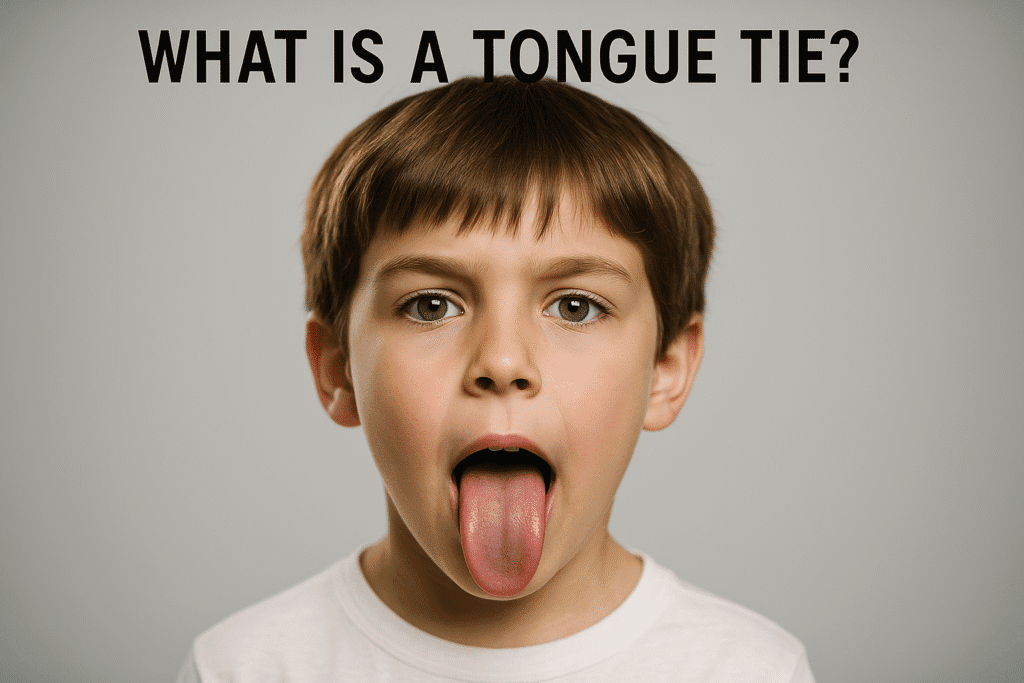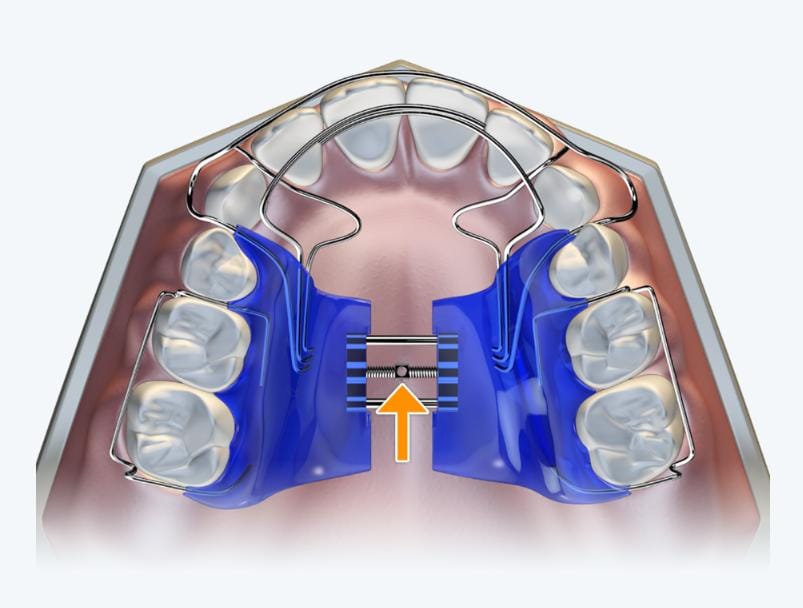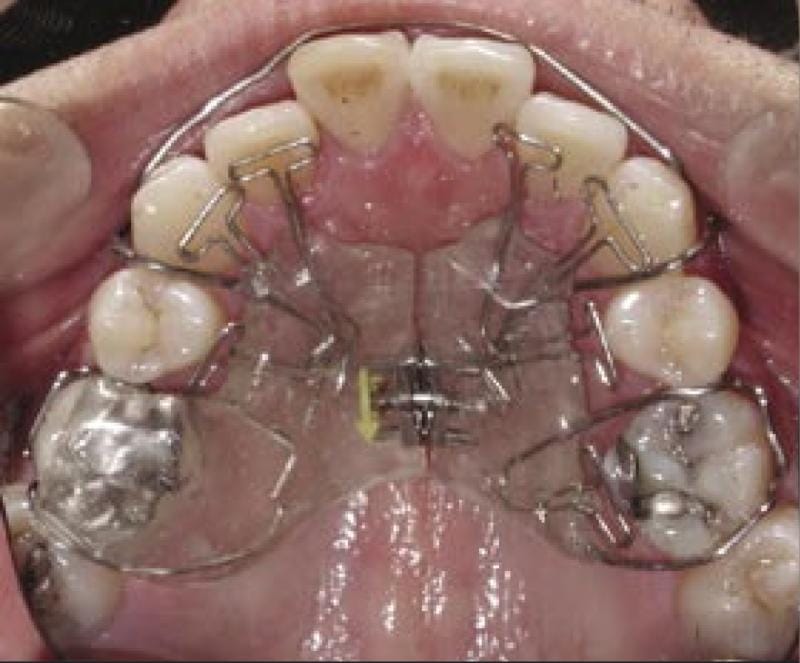Tongue Ties are The Hidden Factor in Childhood Development
When we think about childhood development, we often focus on milestones like walking, talking, and learning. But there’s a tiny piece of tissue that can play a massive role in your child’s growth—one that often goes unnoticed: the tongue tie.
What is a Tongue Tie?
A tongue tie, or ankyloglossia, occurs when the thin piece of tissue connecting the bottom of the tongue to the floor of the mouth (the lingual frenulum) is too short, too tight, or positioned in a way that restricts the tongue’s movement. It’s like having a rubber band that’s too short, limiting how far and how freely the tongue can move.
But don’t let its small size fool you—this little connection can have a big impact on your child’s development.
Spotting the Signs: Symptoms of Tongue Tie
How can you tell if your child might have a tongue tie? Watch for these key indicators:
- Physical Signs
– Difficulty lifting the tongue to the roof of the mouth
– Heart-shaped or notched appearance at the tongue’s tip
– Inability to stick the tongue out past the lips
– Limited tongue movement or coordination
- Feeding and Oral Function
– Difficulties breastfeeding (for infants)
– Messy eating
– Challenges with certain food textures
– Awkward swallowing patterns
- Speech and Communication
– Difficulty pronouncing certain sounds (L, T, D, N, TH)
– Slurred or unclear speech
– Speech delay or articulation challenges
- Breathing and Postural Impacts
– Tendency to mouth breathe
– Challenges keeping lips closed at rest
– Potential forward head posture
The Far-Reaching Impact of Tongue Ties
Tongue ties aren’t just about a small piece of tissue—they can influence multiple aspects of childhood development:
- Jaw and Facial Development
– Restricted tongue movement can lead to narrow jaw development
– Impacts how the palate forms
– Can contribute to crowded teeth
– Affects overall facial symmetry
- Muscle Function
– Disrupts proper tongue posture
– Interferes with muscle balance in the face and mouth
– Can lead to compensatory muscle patterns
- Breathing and Airway Health
– May contribute to mouth breathing
– Can reduce airway efficiency
– Potential impact on sleep quality
- Speech and Communication
– Limits tongue mobility crucial for clear speech
– May cause articulation difficulties
– Can affect confidence in social interactions
Treatment Options: There’s Hope!
The good news? Tongue ties can be effectively addressed:
- Frenectomy Procedure
– Quick, minimally invasive surgical release
– Can be performed using laser or traditional surgical techniques
– Often done by dentists, ENTs, or specialized oral surgeons who have been specially trained in these procedures.
- Myofunctional Therapy
– Crucial before and after tongue tie release
– Helps retrain muscles
– Teaches proper tongue posture and function
– Supports long-term success of the release
- Collaborative Care Approach
– Involves multiple specialists:
– Dentists/Orthodontists
– Myofunctional therapists
– Speech therapists
– Cranial osteopaths
When to Seek Help
Consider an evaluation if you notice:
– Persistent feeding challenges
– Speech difficulties
– Breathing issues
– Unusual oral muscle patterns
Professional Assessment Checklist:
– Comprehensive oral examination
– Functional assessment of tongue movement
– Evaluation of feeding and speech patterns
– Discussion of potential treatment options
A Note of Encouragement
Discovering a tongue tie isn’t a setback—it’s an opportunity. Early intervention can dramatically improve your child’s development, supporting:
– Better breathing
– Improved speech
– Healthier facial growth
– Enhanced overall function
Every child deserves the chance to grow, speak, and breathe with ease. A simple tongue tie release, combined with targeted therapy, can be transformative.
Take Action: Your Next Steps
- Observe your child’s oral function
- Consult with an appropriately trained healthcare professional
- Consider a comprehensive evaluation
- Explore treatment options with an open mind
The journey of understanding and addressing tongue ties is a powerful act of love—giving your child the best possible start in life.
Dr Biju Krishnan has published his own book called Early Stage Orthodontics – A Parent’s Guide available on Amazon on both Paperback and Kindle Versions
Professional Transparency Statement:
Not all orthodontic claims are scientifically substantiated. While innovative early intervention strategies exist, established medical bodies like the British Orthodontic Society recommend caution in proceeding with treatments where there is a lack of robust clinical evidence. This resource critically examines treatment approaches, highlighting current professional recommendations while exploring potential emerging methodologies. By presenting multiple perspectives, acknowledging both traditional and innovative approaches, our goal is to empower informed parental decision-making.



